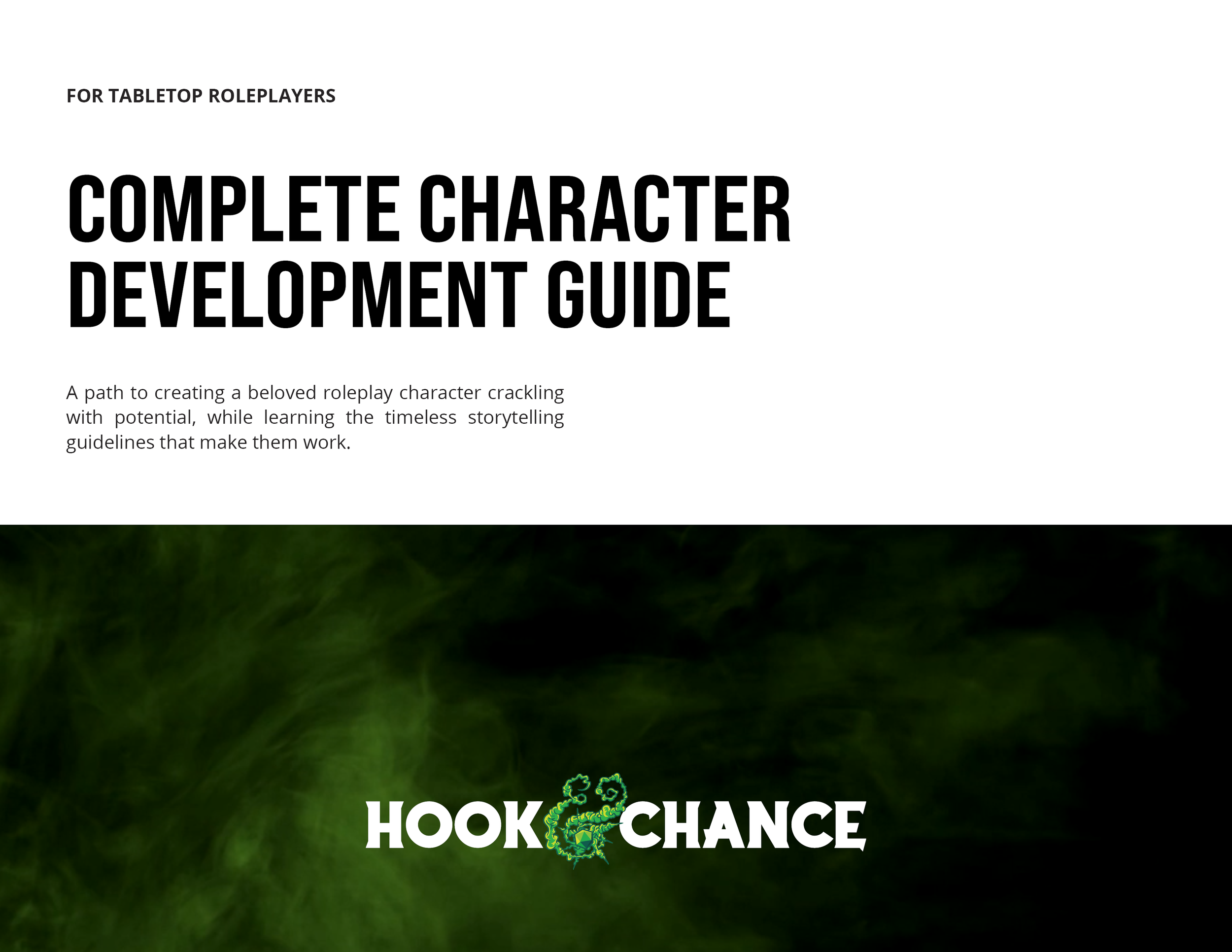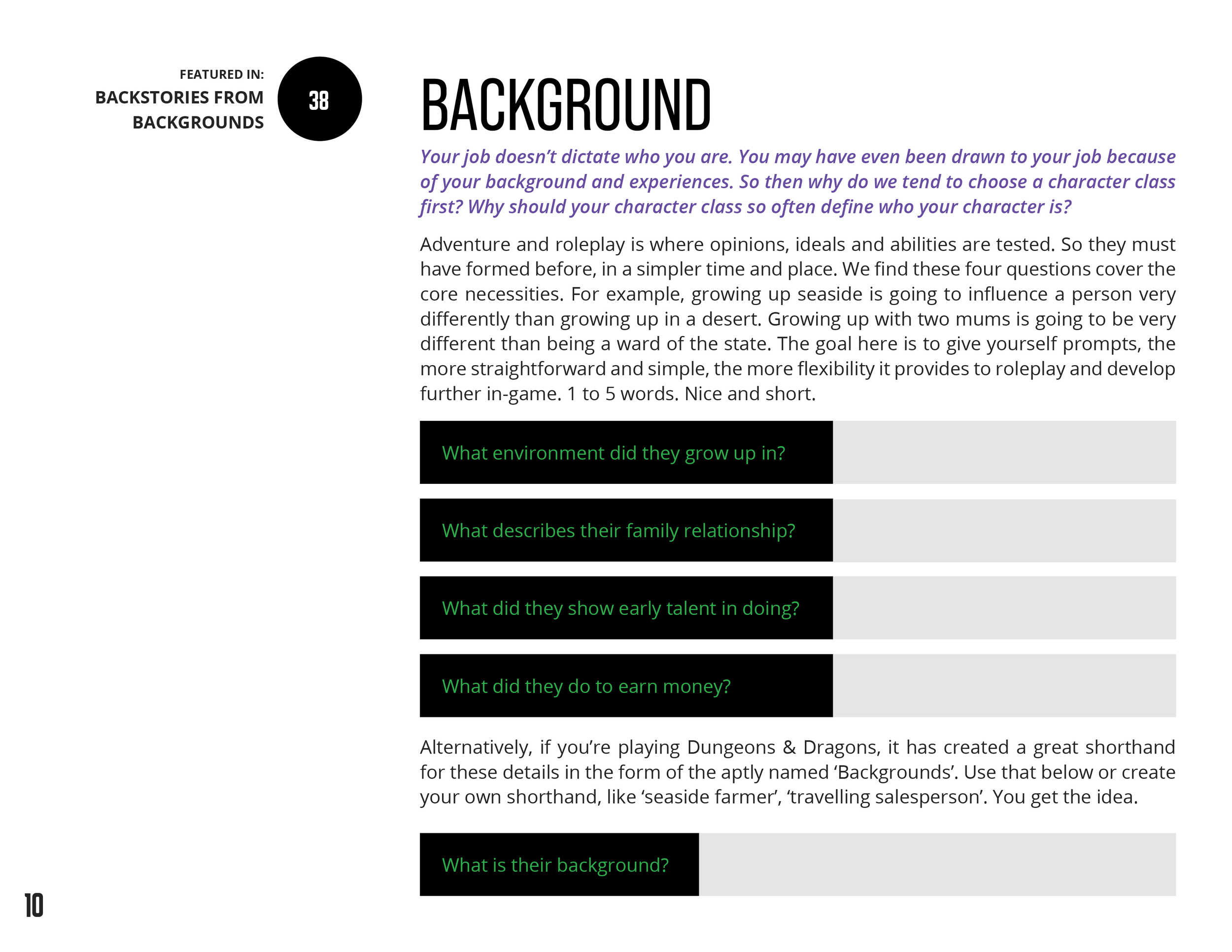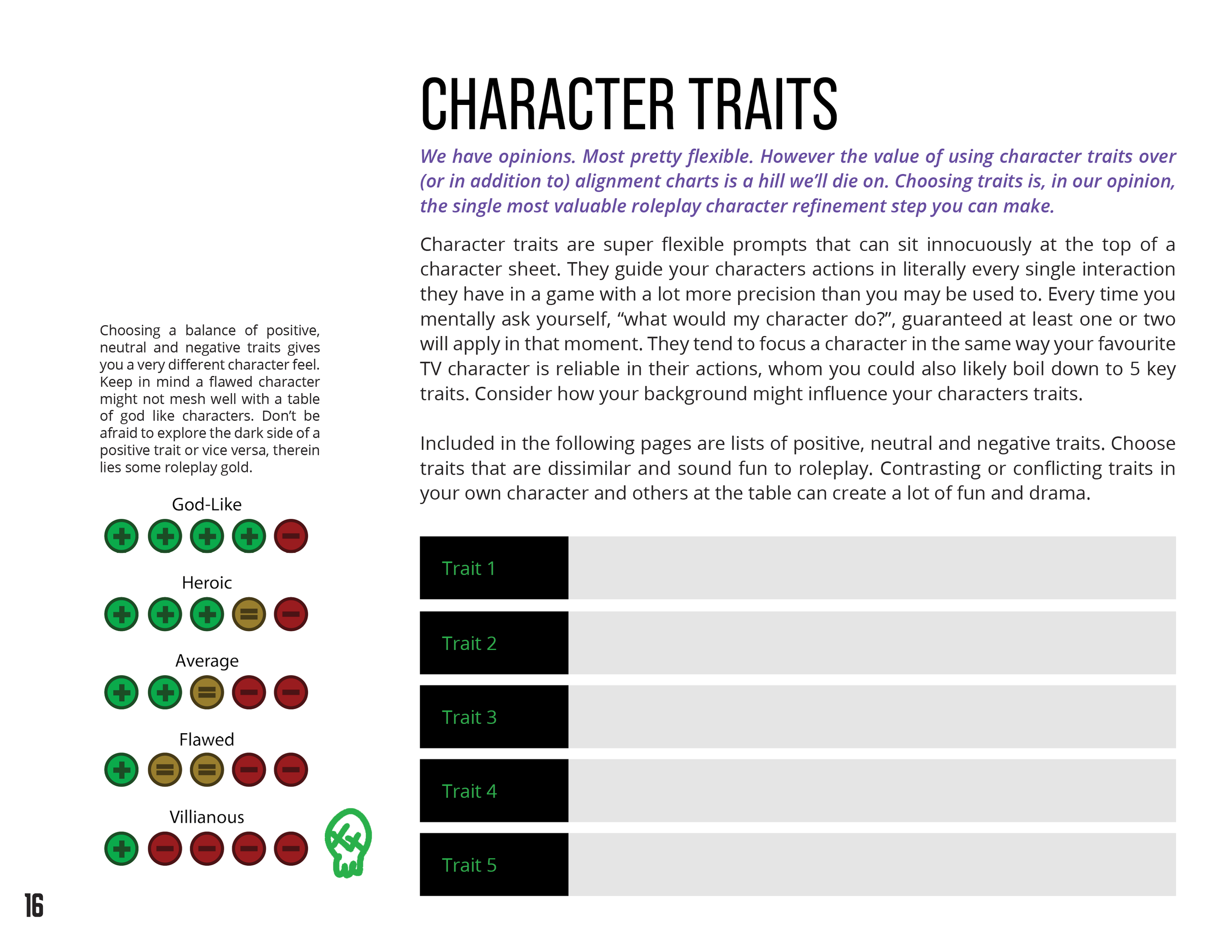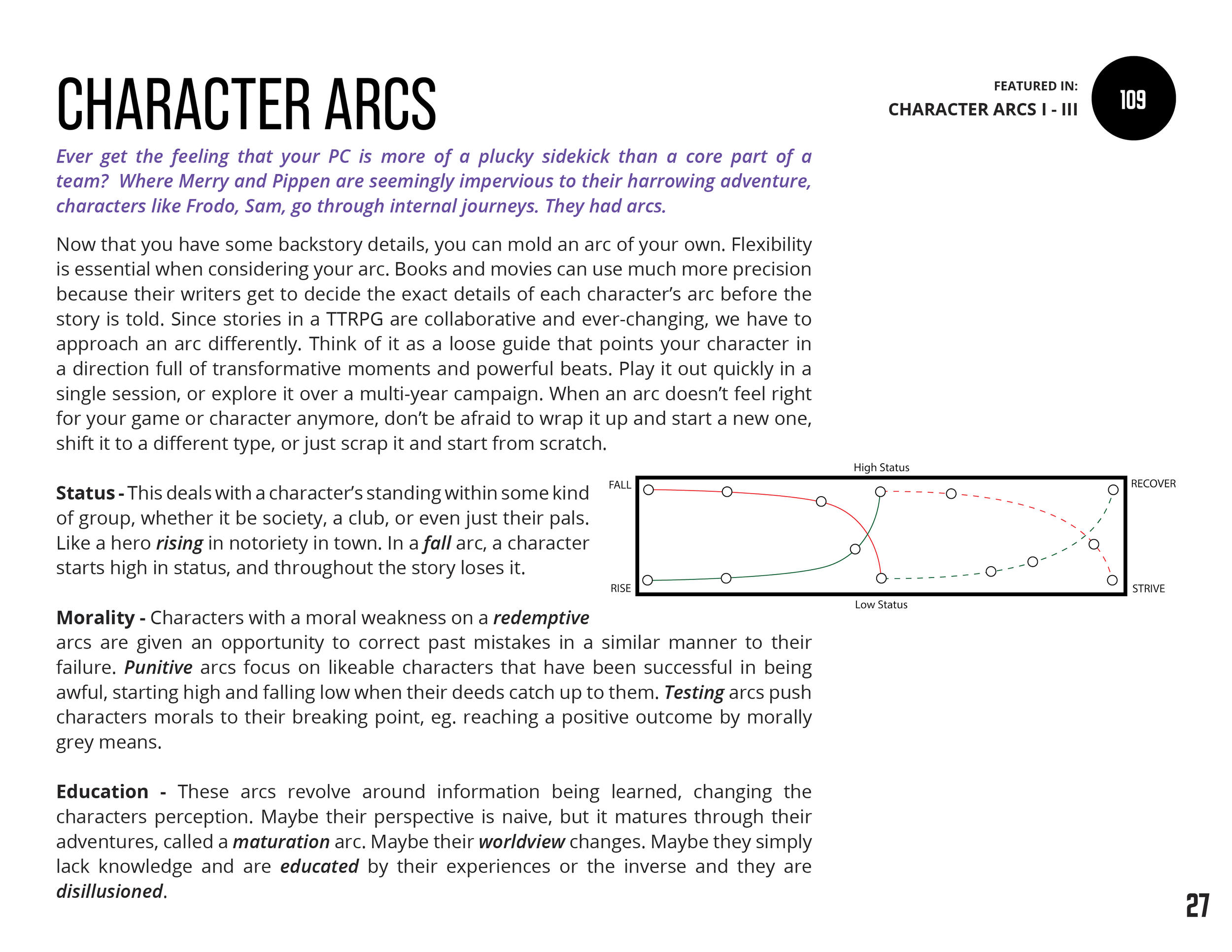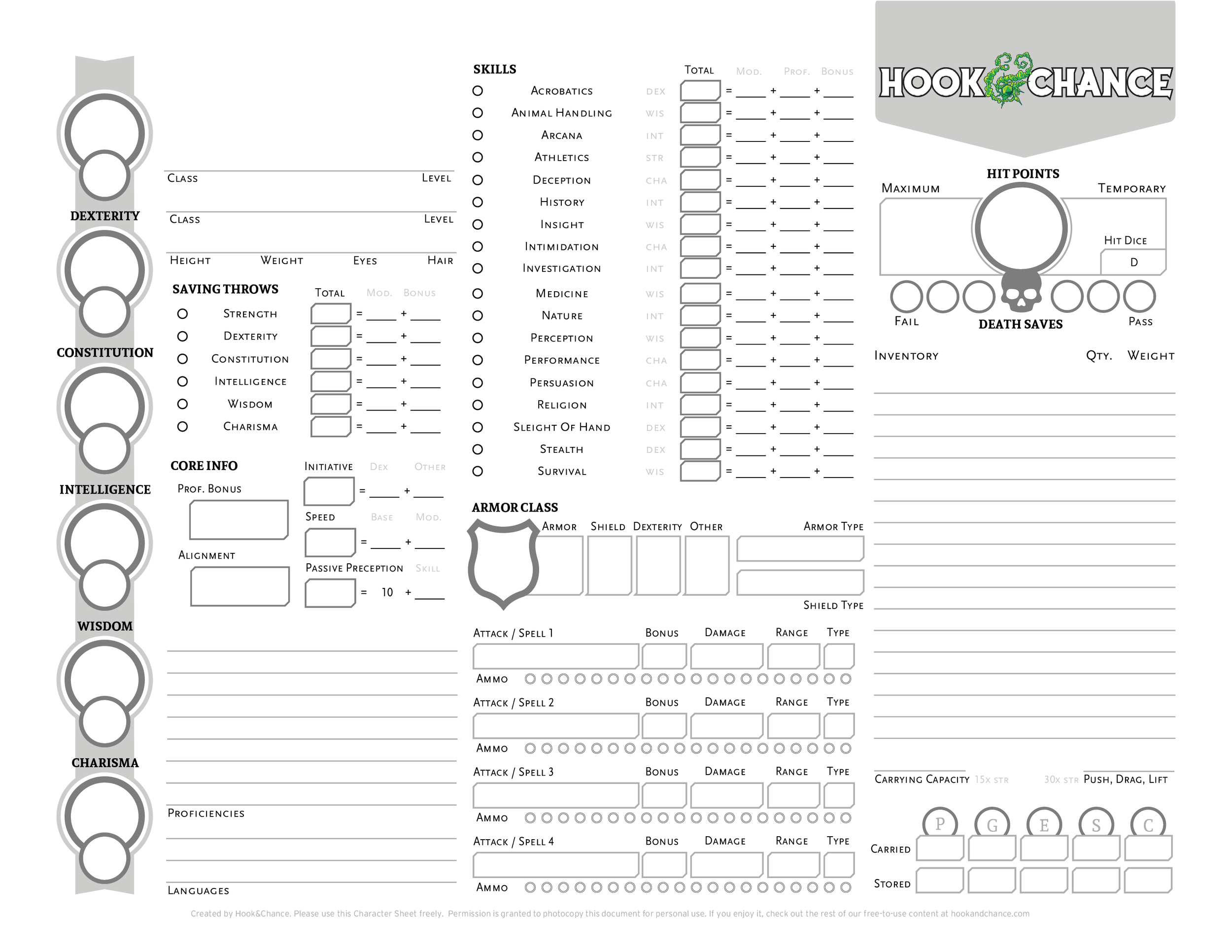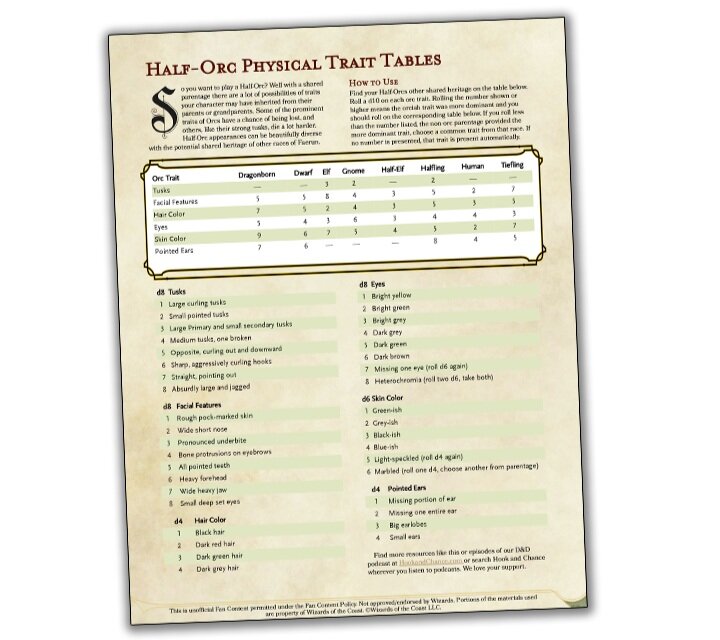Want to make a character with a story-first approach?
Everything you Need
This guide covers backstory, personality traits, useful themes, goals, party roles, internal struggles, allies, nemeses, and even an inspiring character introduction. At the end you’ll find a custom character sheet that captures all your choices, so by the time you finish this guide, you’ll be ready to go.
Easy, Incredible Characters
With this PDF we’ve taken everything we’ve made about character building and put it in one place, with prompts that take you through a thorough yet streamlined process that gives you more than enough to play your greatest character, but never so much that it bogs things down. Never again toss a character concept because “something’s missing”.
Years in the Making
Since 2019 we’ve been creating story-first systems for TTRPGs by borrowing wisdom and knowledge from storytelling experts like playwrights, scriptwriters, and novelists across the ages and distilling it down to what works at your table. The current delivery method is our podcast, but listening to all that would take a bit. Like, literal weeks. So use this handy guide instead!
Features:
An updated version of our customized character sheet, only found here.
Hyperlinked sections to relevant episodes so you can learn more about key concepts.
39 pages of full colour PDF goodness
If you have found particular value in this guide, consider donating funds to it’s improvement. Any and all money donated will go directly to improvements to this document (hiring artists and creation of advanced PDF features, possibly an eventual web app) as well as the production of a DM version for planning a Session Zero and story-focused campaign.

